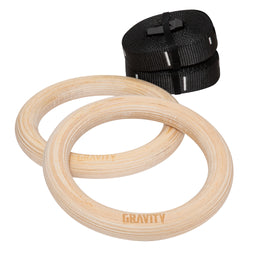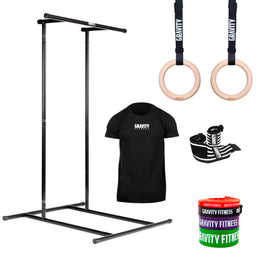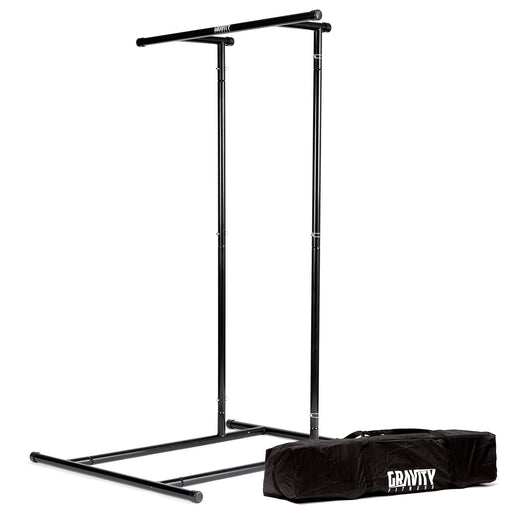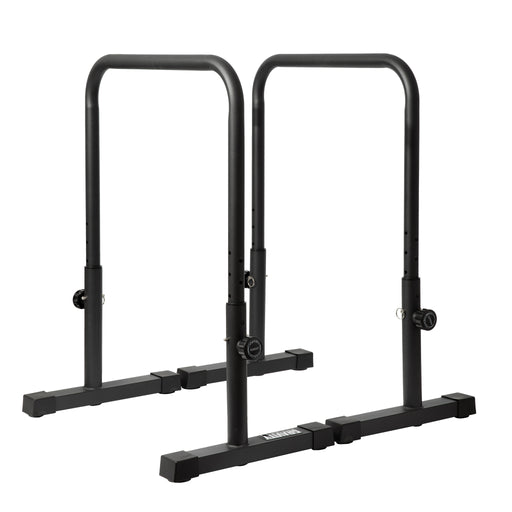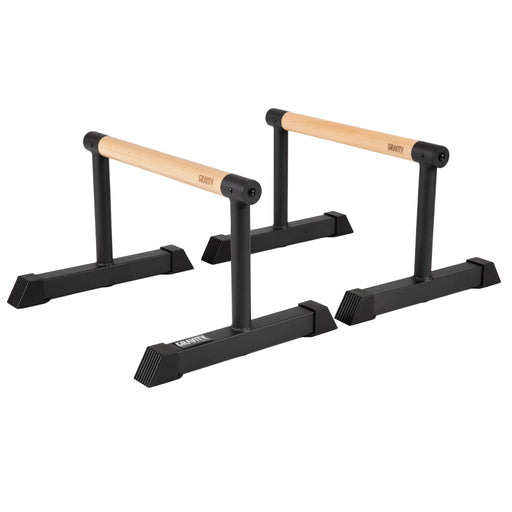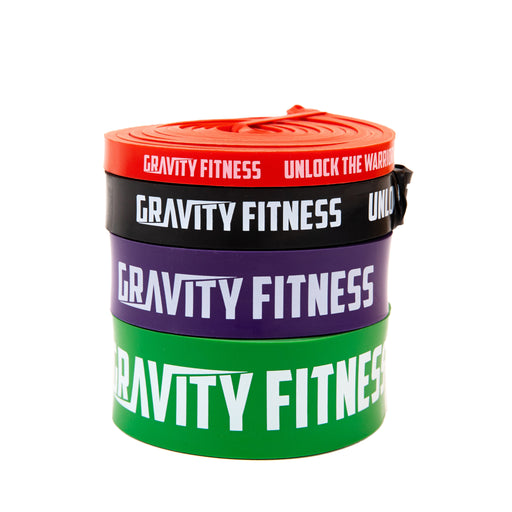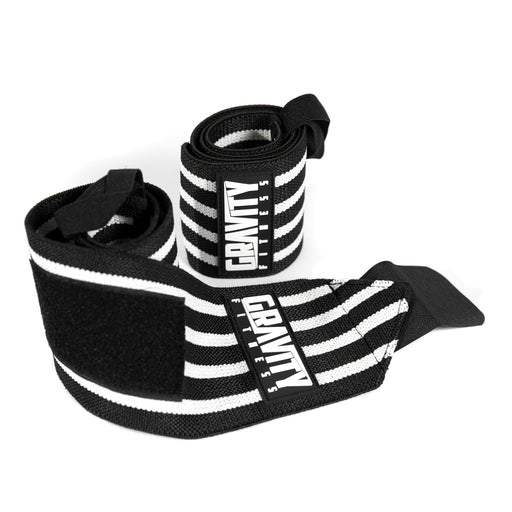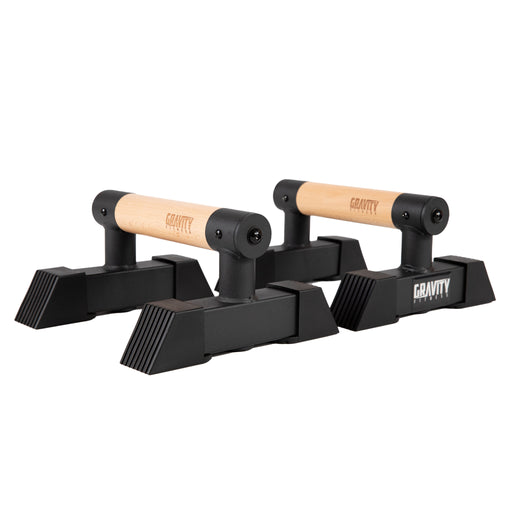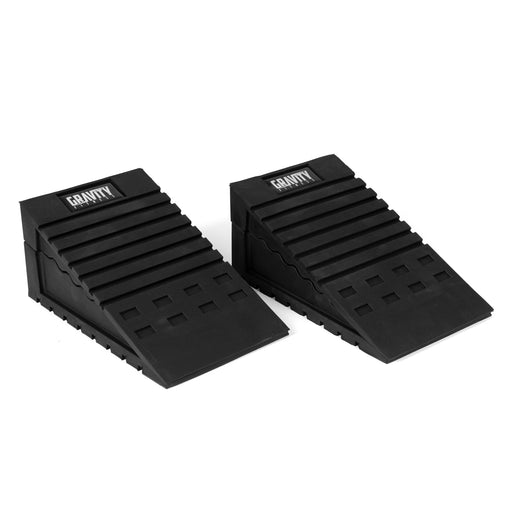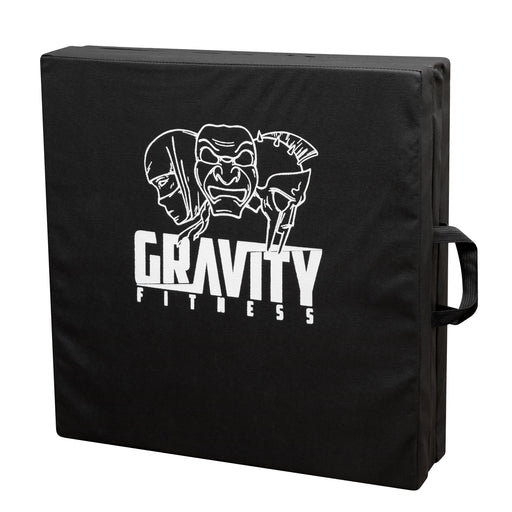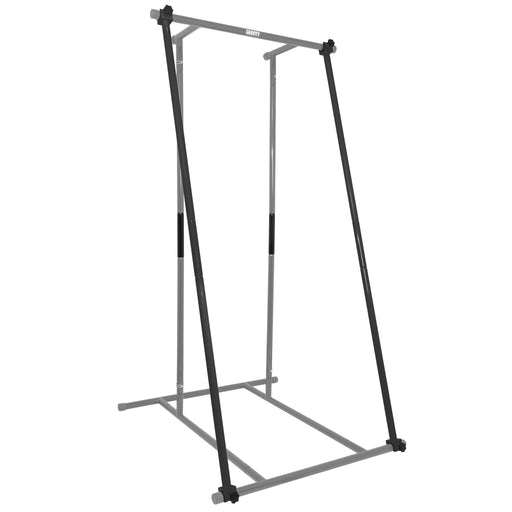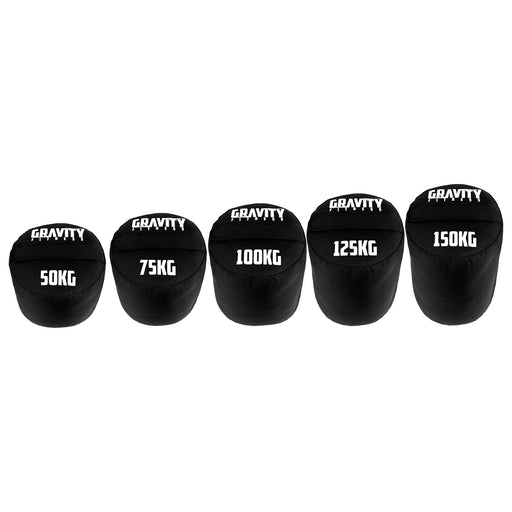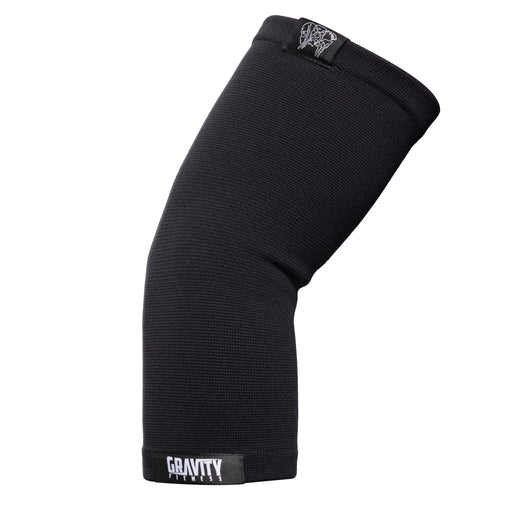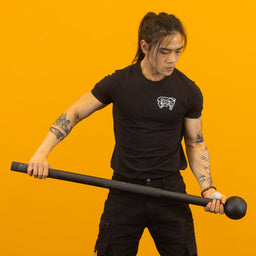
The Science of Time Under Tension: Maximising Muscle Growth with Calisthenics
When most people think of calisthenics, they think of gravity-defying moves, high reps, and brutal bodyweight workouts. But one of the most powerful tools for muscle growth isn’t flashy—it’s strategic. It’s called time under tension (TUT), and it’s a game-changer for athletes training with nothing more than their body and a pull-up bar.
In this article, we break down the science of time under tension and show you how to use it to build serious muscle using calisthenics. No machines. No excuses. Just smart training that works.
What Is Time Under Tension?
Time under tension refers to the total amount of time a muscle is under strain during a single set. It’s not about how many reps you perform. It’s about how long your muscles are actually working. The longer the tension, the more stress your muscles endure—and that stress is what triggers growth.
Let’s say you do 10 push-ups. If each rep takes 1 second on the way down and 1 second on the way up, your set lasts 20 seconds. But if you slow it down—3 seconds down, 1 second pause at the bottom, 3 seconds up—you’ve just stretched that same set to 70 seconds of tension. The difference in stimulus is massive.
For hypertrophy (muscle growth), most research suggests an optimal TUT per set is 40 to 70 seconds. It’s in this window that you recruit more muscle fibres, increase metabolic stress, and push your body toward adaptation.
Why Time Under Tension Works for Calisthenics
Calisthenics already demands control, stability, and coordination. When you combine those elements with extended time under tension, the result is deep muscular fatigue—without needing to load up with heavy weights.
Here’s why TUT works so well in bodyweight training:
-
You maximise every rep
Slowing down movements forces the muscles to work harder and longer. You eliminate momentum and recruit more fibers throughout the range of motion. -
You create mechanical stress without weights
Increased time under tension simulates the effects of progressive overload, even when external resistance is limited. -
You control form and reduce injury risk
Slower reps allow you to feel every part of the movement, refine your technique, and reduce strain on joints. -
You challenge the mind-muscle connection
Longer reps mean more mental engagement. You’re not just going through the motions—you’re owning every inch of the rep.
How to Implement Time Under Tension in Calisthenics
You don’t need to overhaul your entire training plan to apply TUT. Start by choosing one or two exercises per session to perform with intentional tempo.
Use this format to break down your reps:
Eccentric (lowering phase) – Pause – Concentric (lifting phase) – Pause
For example:
Push-up tempo: 3-1-3-0
That’s 3 seconds down, 1 second pause at the bottom, 3 seconds up, no pause at the top.
Pull-up tempo: 2-1-3-1
2 seconds up, 1 second squeeze at the top, 3 seconds down, 1 second reset at the bottom.
You can apply this to almost any movement—dips, squats, rows, L-sits. The key is control. Move with intent. Resist the urge to rush the set.
If you’re using the Gravity Fitness app, you’ll find tempo-based beginner and intermediate workouts ready to go. These workouts are always free, because we believe bodyweight training should be accessible to everyone—no cost, no excuses.
Sample TUT Calisthenics Workout
Here’s a bodyweight-only session focused entirely on increasing time under tension. Perform 3 rounds with 60–90 seconds rest between exercises.
1. Slow Push-ups (3-1-3-0 tempo)
8–10 reps
Keep the elbows tucked, and lower your chest just above the ground before pressing back up.
2. Eccentric Pull-ups (0-0-5-0 tempo)
5–6 reps
Jump or step up to the top position, then lower yourself over 5 seconds.
3. Slow Bulgarian Split Squats (3-0-3-0 tempo)
8 reps each leg
Use a low surface like a parallettes bar or low box. Keep the tempo strict.
4. Ring Rows or Table Rows (3-1-3-1 tempo)
10 reps
Pause at the top and squeeze the shoulder blades together.
5. Wall Sit with Tempo Calf Raises
30 seconds hold + 10 slow calf raises (2-0-2-0 tempo)
A leg burner that trains static and dynamic tension in one set.
As you progress, aim to increase either the number of reps or the duration of each rep—while keeping form strict.
Does Tempo Training Replace Reps?
No. Reps still matter. But focusing only on rep count can limit your results if those reps are rushed or uncontrolled. Time under tension adds another layer of challenge. It forces you to work smarter, not just harder.
For beginners, start with fewer reps and longer reps. For advanced athletes, tempo can be used to overload even basic movements.
Let’s put it this way:
A sloppy set of 12 push-ups in 20 seconds won’t come close to the muscle-building effect of 6 strict push-ups that take 60 seconds.
When to Use TUT in Your Training Plan
There are three smart ways to program TUT into your calisthenics:
1. As a primary training method
Great for hypertrophy-focused blocks or plateaus when you need a new stimulus.
2. As a finisher
End a workout with one slow, high-tension set to max out your muscles and create metabolic fatigue.
3. During deload weeks
When you’re reducing overall volume or intensity, TUT lets you still challenge muscles without heavy load or CNS fatigue.
Final Thoughts
Calisthenics doesn’t need to be fast to be effective. In fact, sometimes slowing down is exactly what your body needs to grow.
Time under tension taps into one of the most fundamental training principles: muscles grow when they’re challenged for long enough to be forced to adapt. With the right tempo and mindset, your bodyweight becomes a complete strength tool—and Gravity Fitness is here to help you use it.
Ready to test it yourself?
Try adding tempo sets into your next session and feel the difference.
And if you haven’t already, download the Gravity Fitness App. It’s completely free and packed with beginner-friendly workouts and tempo-based training plans. No fluff. Just real calisthenics that work.
